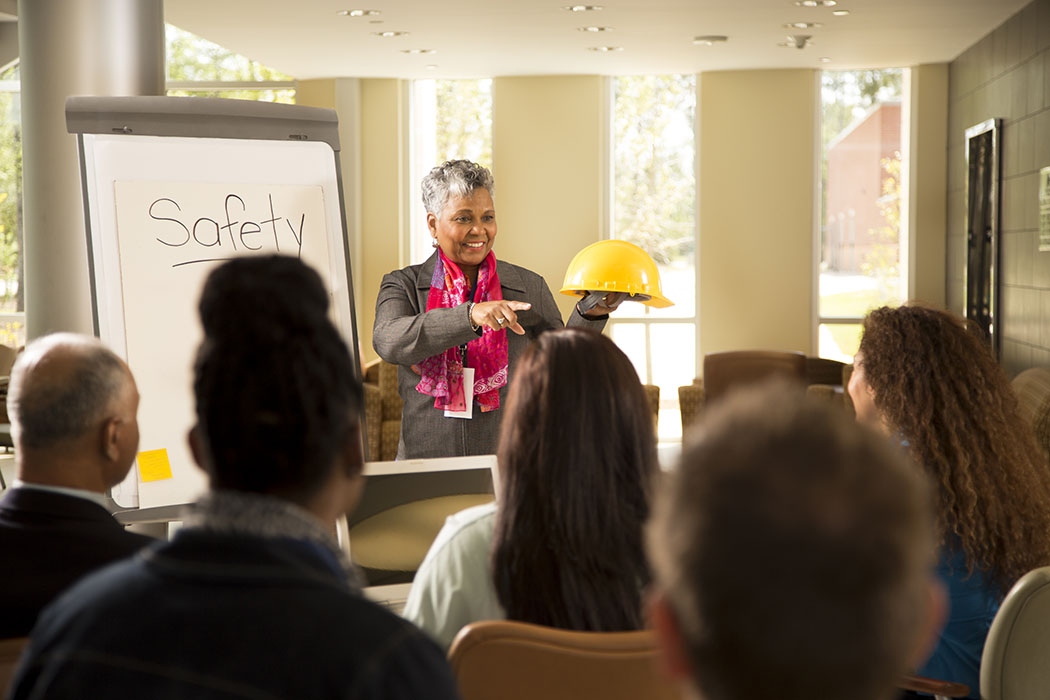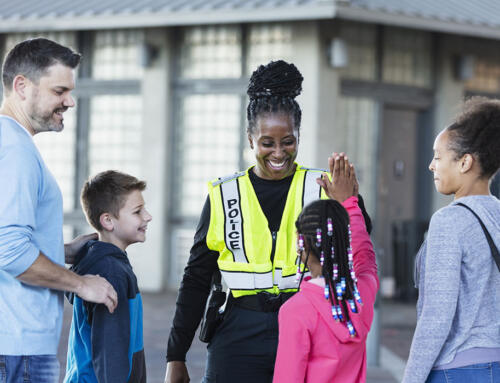The responsibility for the health and safety of employees is usually assigned to the supervisor. Supervisors are the people who can take immediate, direct action to make sure that the work environment is safe and healthful for all staff. Some of the essential safety responsibilities of a supervisor are:
Demonstrating Safety Leadership
The supervisor is responsible for the development of the proper attitude toward health and safety in all workers under his/her supervision. There is no single way to develop such an attitude. However, the following will help promote the development of a positive attitude:
- The supervisor must set the proper example by his/her personal behavior. When a work area or situation requires personal protective equipment, the supervisor must also use the necessary equipment. In addition, the supervisor must never act unsafely or violate a safety rule or an established safe work practice.
- Support and serve their employees by recognizing every employee as important and having value.
- Provide resources to enable the employee to complete their tasks safely.
- Show trust, share credit and regularly recognize and reward good safety behaviors.
Knowledge of Safe Work Procedures
The supervisor is responsible for knowing the correct work procedures to perform each job task safely. It is also his/her responsibility to know what personal protective equipment is needed for each task and how this equipment must be properly used and maintained.
Safety Training
It is the supervisor’s responsibility to train and instruct employees so they can perform their work safely. This includes the proper use of machinery, hand tools, and the use of chemicals and other hazardous materials. The supervisor should also stress the importance of proper body mechanics and lifting techniques to prevent back and other related injuries. Give special attention and instruction to new employees or employees assigned to a new job. Document all training provided.
Enforcement of Safe Work Practices and Regulations
It is the supervisor’s responsibilities to enforce safe work practices and procedures. Failure to do so invites an increase in unsafe acts and conditions. Consistently point out unsafe practice to employees who are working unsafely. Don’t wait until an accident occurs. Praise employees who take proper safety precautions.
Conducting Planned Observations and Inspections
The supervisor should conduct observations of his/her employees to insuring compliance with safe work procedures. Whenever unsafe acts are observed, the supervisor should inform the worker immediately and explain why the act was unsafe. The supervisor should conduct periodic inspections of tools, vehicles, machinery and assigned work areas. Planned inspections are an effective and systematic method of discovering physical conditions that could contribute to a work injury.
Conducting Safety Meetings
The supervisor should periodically conduct safety meetings to help increase safety awareness and keep employees informed about their organization’s health and safety programs.
Correcting Unsafe Conditions
The supervisor should take immediate steps to correct unsafe conditions. When an unsafe condition cannot be immediately corrected, the supervisor should take temporary precautionary measures. Use a follow-up system to ensure that corrective measures are completed in a timely manner.
Investigating Accidents
The supervisor is responsible for conducting accident investigations as soon after the accident as possible. Compile all the facts and opinions regarding the causes of the accident and document on your district’s accident/incident report form.




 ESD 112 equalizes educational opportunities for learning communities through innovative partnerships, responsive leadership, and exceptional programs.
ESD 112 equalizes educational opportunities for learning communities through innovative partnerships, responsive leadership, and exceptional programs.